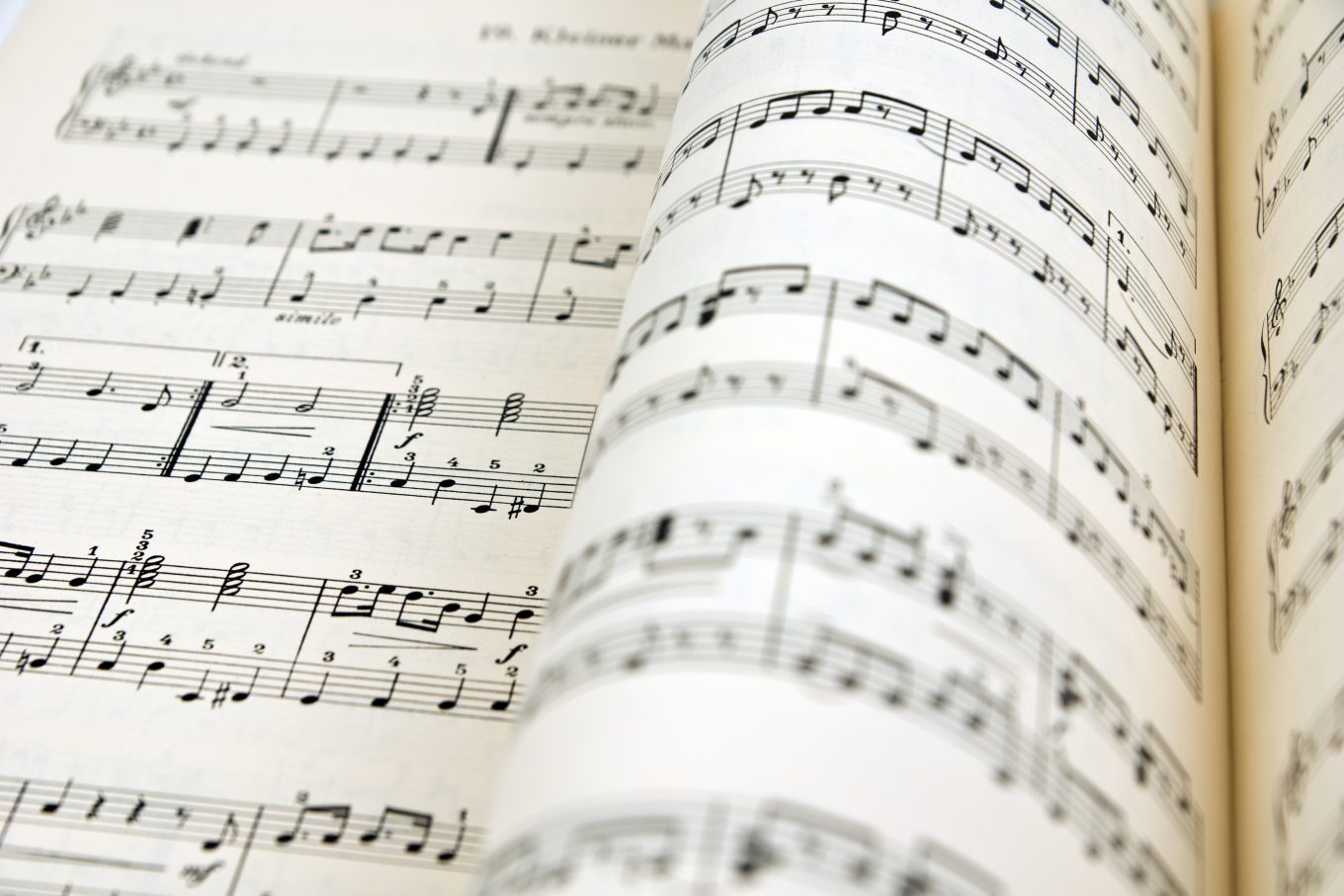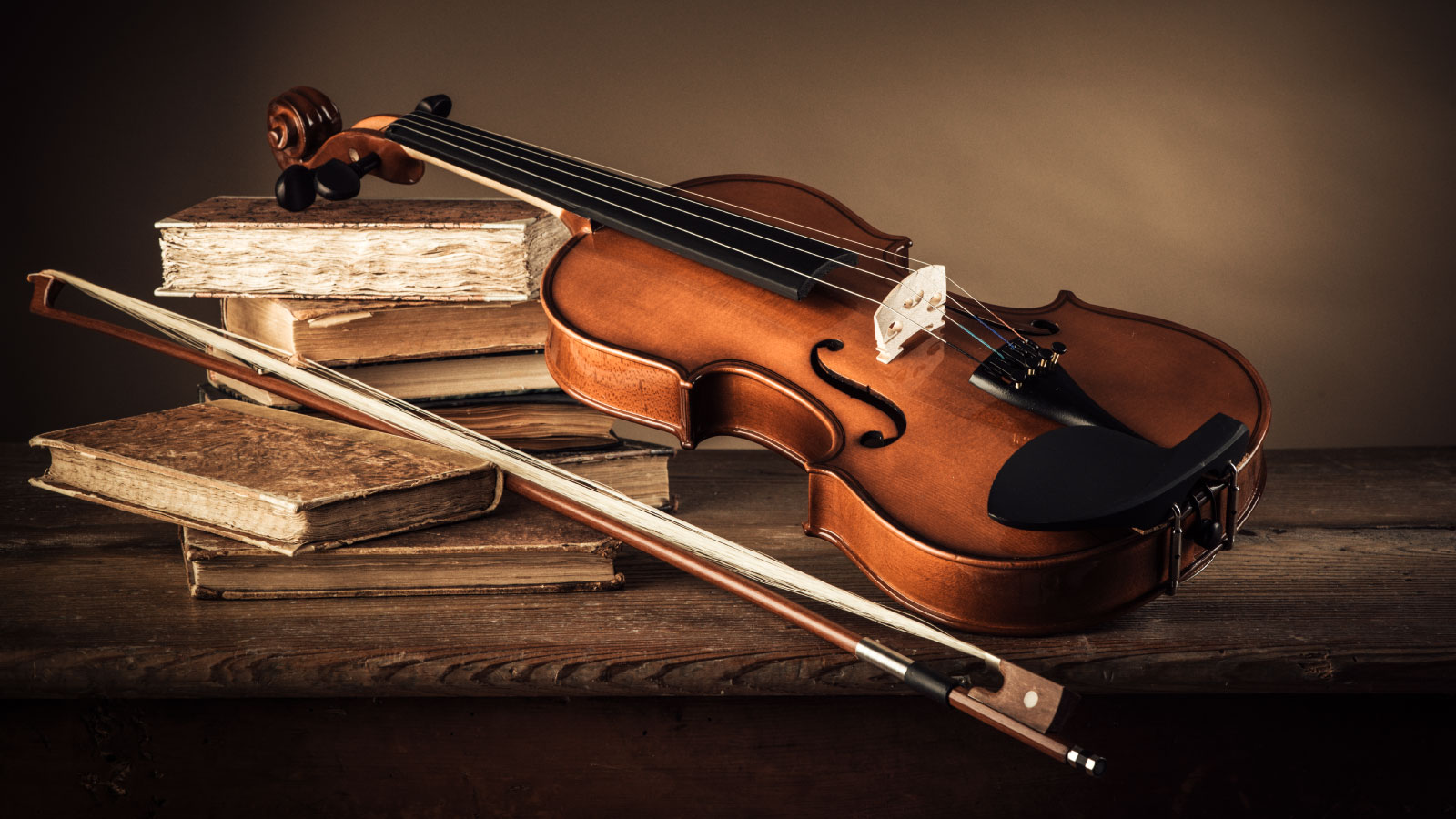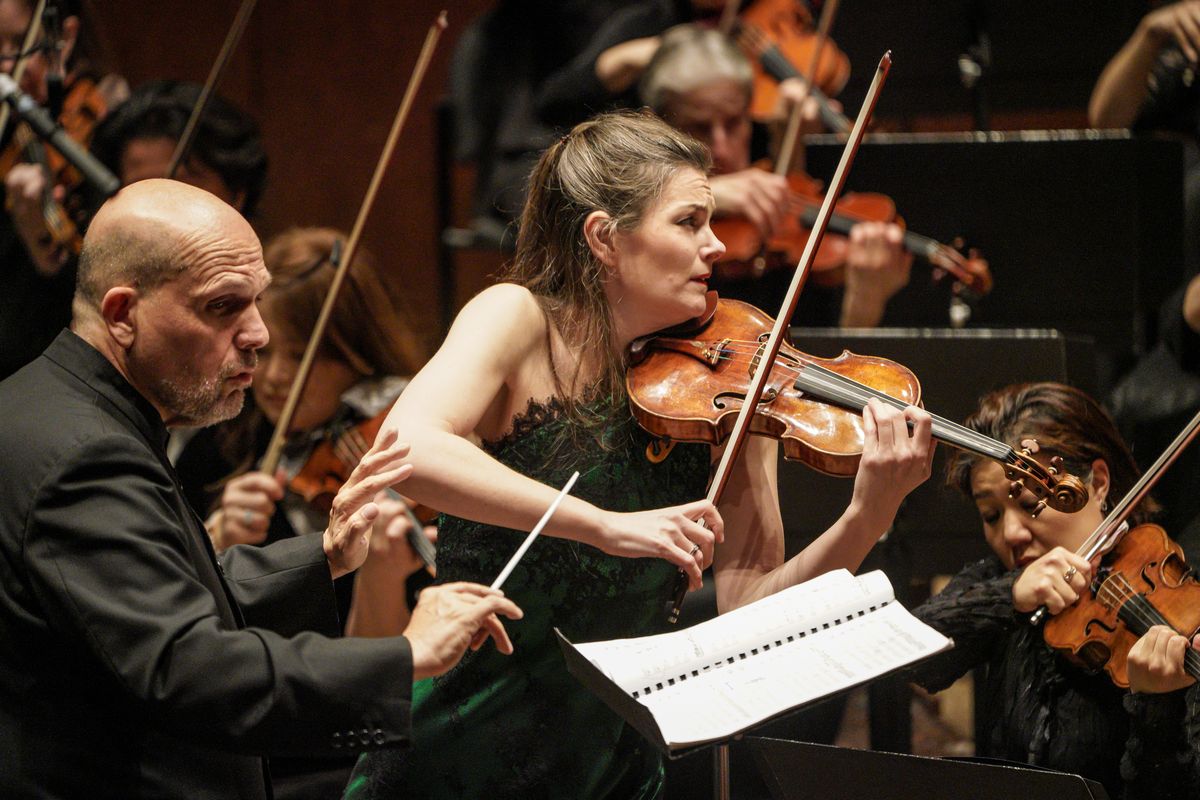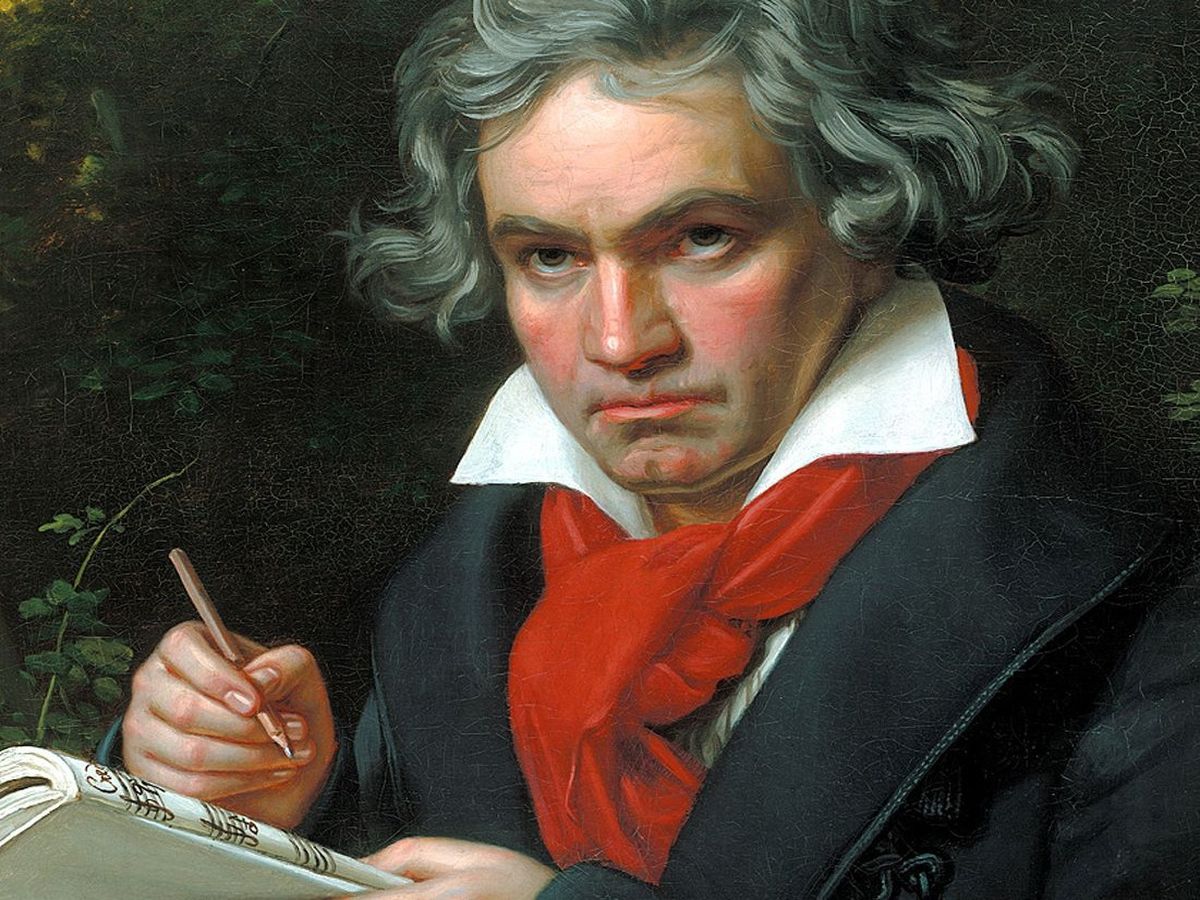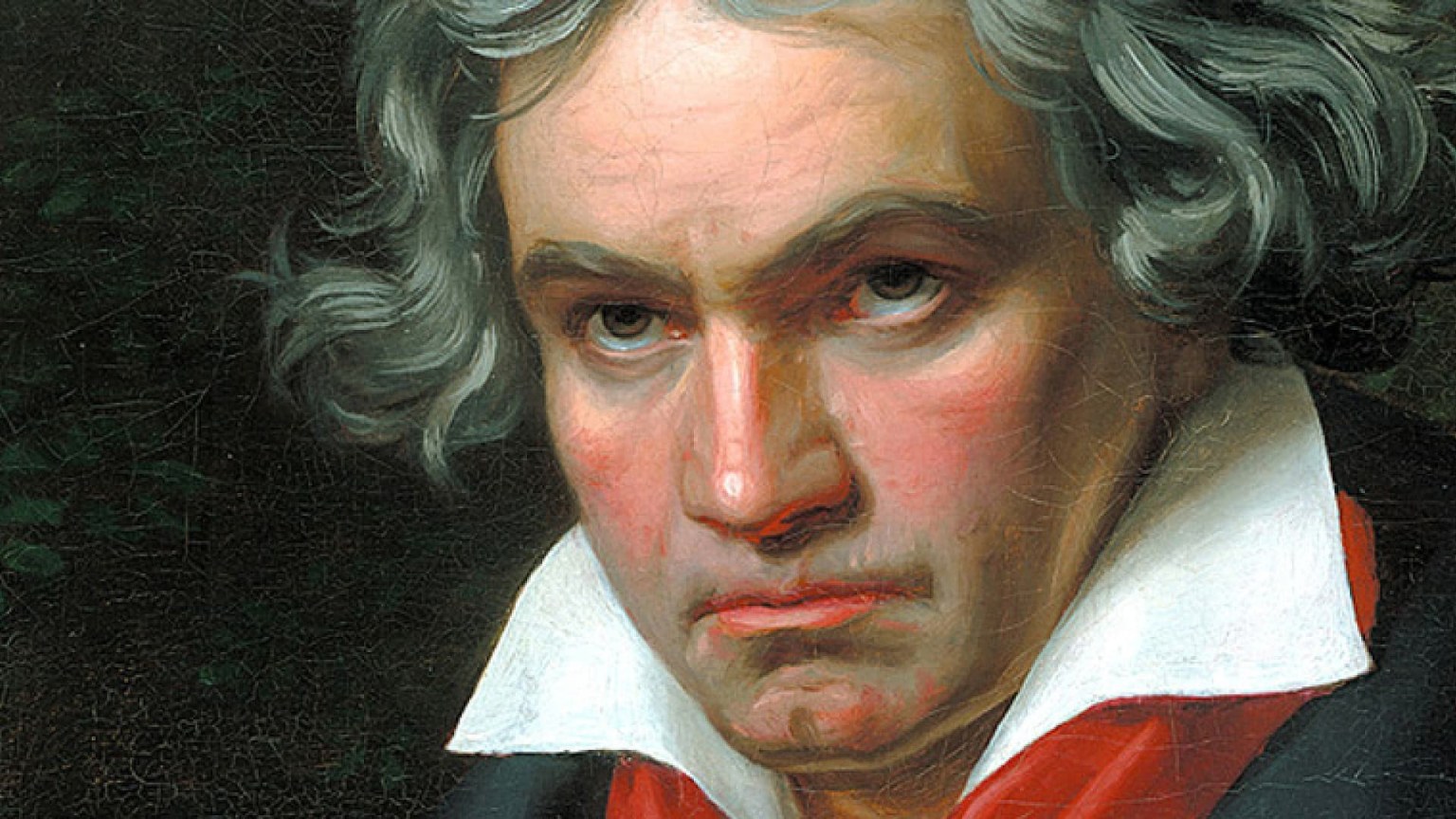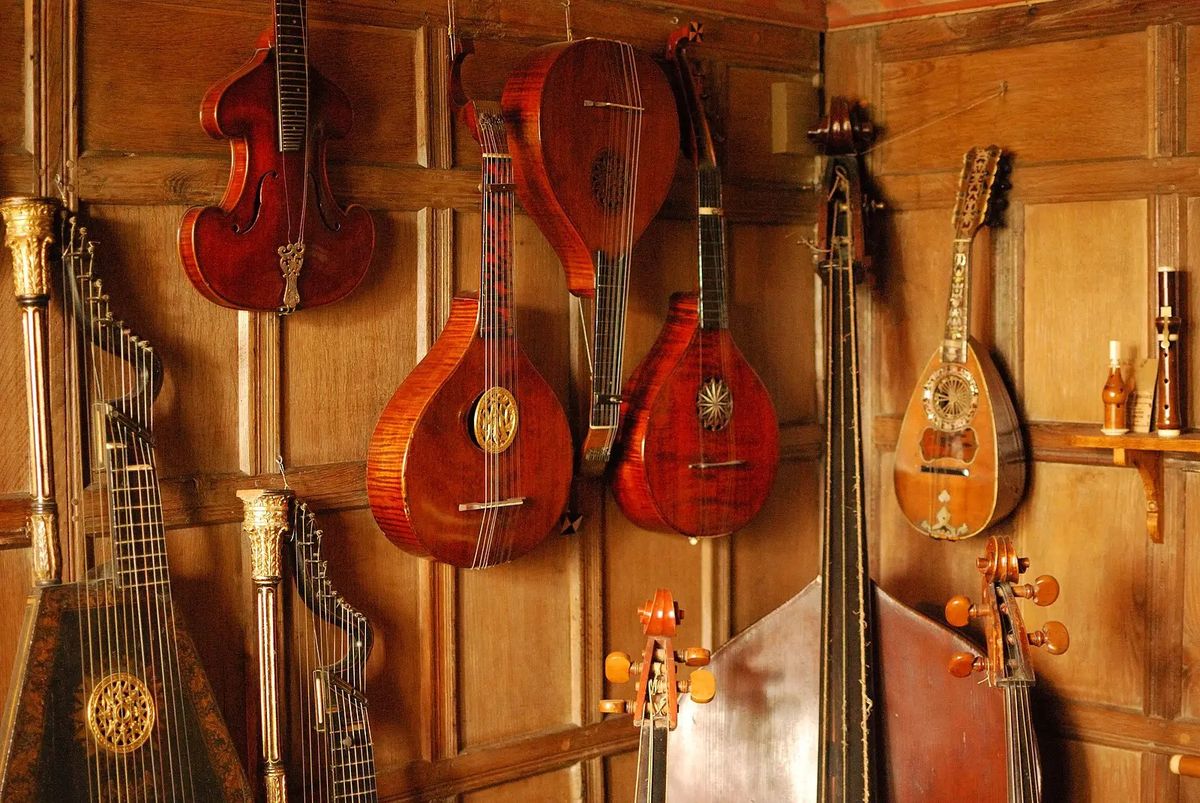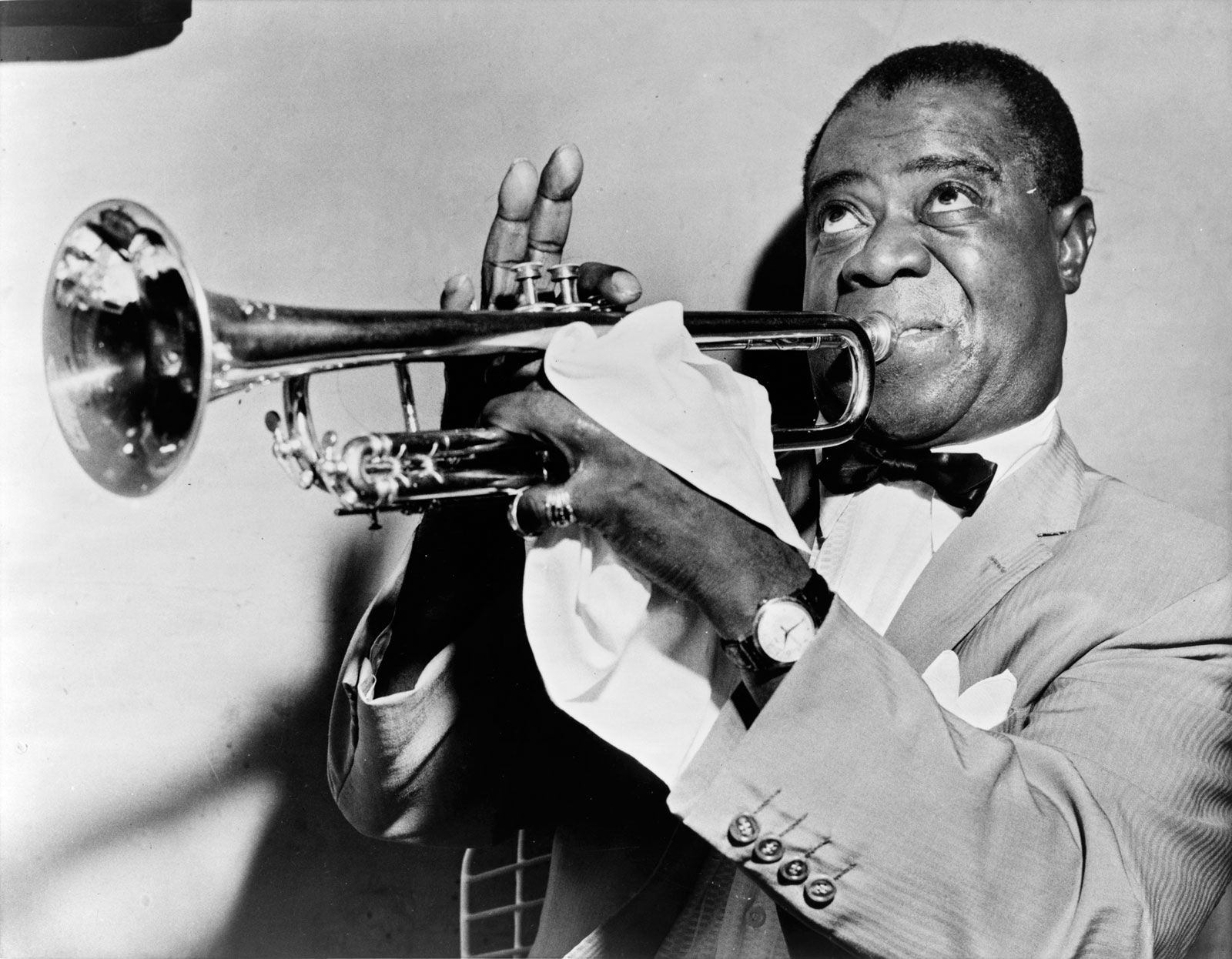

Classical
Who Pioneered Classical Ragtime Music
Modified: January 22, 2024
Discover the origin and pioneers of classical ragtime music, a genre known for its syncopated rhythm and melodic complexity. Explore the influential figures who shaped the classical ragtime movement throughout history.
(Many of the links in this article redirect to a specific reviewed product. Your purchase of these products through affiliate links helps to generate commission for AudioLover.com, at no extra cost. Learn more)
Table of Contents
Introduction
Classical ragtime music holds a prominent place in the annals of American music history. Its infectious syncopated rhythms, lively melodies, and innovative piano techniques captivated audiences in the late 19th and early 20th centuries. Ragtime music, often associated with the African American community, gained immense popularity and became a significant precursor to jazz and other modern music genres.
Originating in African American communities in the Southern United States in the late 19th century, ragtime music blended African rhythms with European musical traditions. This fusion created a unique genre that showcased the talents and cultural contributions of African American musicians during a time of segregation and racial discrimination.
Although ragtime music was primarily a piano-based genre, it had a profound influence on a wide range of instruments, including the banjo, guitar, and brass instruments. The syncopated rhythms of ragtime challenged traditional musical conventions, adding a layer of excitement and complexity to compositions.
In this article, we will explore the pioneers of classical ragtime music and their contributions to this iconic genre. We will delve into the life and work of Scott Joplin, widely regarded as the “King of Ragtime,” as well as other influential figures who left an indelible mark on the ragtime movement. We will also trace the evolution of ragtime music and its lasting legacy on American music and beyond.
Join us on this journey as we delve into the fascinating world of classical ragtime music, where innovation and creativity paved the way for future generations of musicians.
Origin of Classical Ragtime Music
The roots of classical ragtime music can be traced back to the African American communities in the late 19th century, particularly in the Southern United States. The genre emerged as a blend of African rhythms, which were brought over by enslaved Africans, and the European musical traditions that were prevalent at the time.
During this era, African American musicians played an essential role in shaping the musical landscape of America. They drew upon their African heritage and combined it with elements of classical music, minstrelsy, and folk tunes to create a distinct style that would become known as ragtime.
Ragtime music was characterized by its syncopated rhythms, where the accents fell on off-beats, giving the music a lively and infectious feel. This rhythmic complexity added a new dimension to musical compositions, challenging traditional forms and conventions.
In the late 19th century, ragtime music gained popularity and emerged as a staple in the vaudeville theaters and saloons where African American musicians often performed. Its catchy melodies and syncopated rhythms appealed to a wide range of audiences, transcending racial and cultural boundaries.
One of the key features of classical ragtime was its focus on piano arrangements. Ragtime compositions were primarily written for solo piano, and the pianists played a crucial role in popularizing and spreading the genre. These virtuosic pianists had a unique style characterized by intricate fingerpicking patterns, rapid tempos, and creative improvisation.
As ragtime grew in popularity, the demand for sheet music increased. Ragtime composers and arrangers began publishing their compositions, making them accessible to a wider audience. This accessibility played a vital role in the spread of ragtime music and its eventual influence on future music genres.
While ragtime music had its origins in African American communities, it soon found its way into the mainstream music scene. The syncopated rhythms and catchy melodies of ragtime started to infiltrate popular music and dance forms, leading to a broader cultural acceptance of the genre.
Next, we will dive into the life and legacy of Scott Joplin, one of the most significant figures in classical ragtime music and often referred to as the “King of Ragtime.”
Scott Joplin: The King of Ragtime
When it comes to classical ragtime music, one name stands out above the rest – Scott Joplin. Born in 1868 in Texas, Joplin went on to become one of the most influential composers and pianists of his time. His compositions not only epitomized the essence of ragtime music but also elevated it to an art form.
Joplin’s love for music began at an early age, and he received formal training in classical music. He combined his classical training with his innate talent for improvising and composing, resulting in a unique sound that made him a pioneer of ragtime music.
One of Joplin’s most well-known compositions is “Maple Leaf Rag,” which was published in 1899. This ragtime piece became an instant hit and propelled Joplin to fame. “Maple Leaf Rag” showcased Joplin’s mastery of syncopation, intricate melodies, and complex rhythms, setting a new standard for ragtime compositions.
In addition to “Maple Leaf Rag,” Joplin composed numerous other ragtime classics, including “The Entertainer,” “The Easy Winners,” and “Solace.” These compositions highlighted Joplin’s ability to fuse classical elements with ragtime, creating music that was both sophisticated and captivating.
Joplin’s compositions were not only beloved by audiences but also respected by fellow musicians and composers. He believed that ragtime could be regarded as a true art form and strived to establish its place in the world of classical music.
Despite facing racial discrimination and financial struggles, Joplin remained dedicated to his craft. In 1902, he released “The Ragtime Dance,” a ballet score that blended ragtime with classical ballet, demonstrating his ambition to bring ragtime to the forefront of the music world.
Tragically, Joplin’s life was cut short at the age of 49, but his impact on music endured. His compositions and legacy inspired future generations of musicians, helping to preserve and promote the genre of ragtime music.
Scott Joplin’s contributions to classical ragtime music cannot be overstated. His innovative compositions, virtuosic piano playing, and determination to elevate ragtime as an art form resulted in a lasting legacy. Today, he is rightfully remembered as the “King of Ragtime,” leaving an indelible mark on the history of American music.
Other Influential Figures in Classical Ragtime
While Scott Joplin may be the most renowned figure in classical ragtime music, he was not the only one who made significant contributions to the genre. There were several other influential figures who helped shape and popularize ragtime, leaving a lasting impact on the music scene of their time.
One such figure is James Scott, a composer and pianist who was born in 1885 in Missouri. Known as the “King of Syncopation,” Scott composed a series of ragtime compositions that showcased his mastery of intricate syncopated rhythms. His compositions, such as “Frog Legs Rag” and “Grace and Beauty,” demonstrated his unique style and added depth to the ragtime repertoire.
Another notable figure in ragtime music is Joseph Lamb. Born in 1887 in New Jersey, Lamb was a talented composer and pianist. His compositions, including “American Beauty” and “Cleopatra Rag,” were characterized by their lyrical melodies and intricate harmonies. Lamb’s contributions to ragtime music played a significant role in its evolution and continued popularity.
Furthermore, Jelly Roll Morton, born Ferdinand Joseph LaMothe in 1890, was a pivotal figure in the transition from ragtime to jazz. Morton’s music blended ragtime elements with the improvisation and syncopation of early jazz, foreshadowing the development of this new genre. As a pianist, composer, and bandleader, Morton’s impact on the evolution of American music cannot be overstated.
Florence Price, another influential figure, made history as the first African American female composer to have her symphony performed by a major symphony orchestra. While not primarily known as a ragtime composer, Price integrated ragtime rhythms and idioms into her compositions, showcasing the continued influence and relevance of ragtime even in the classical realm.
These figures, along with many others, contributed to the rich tapestry of classical ragtime music. Their compositions, performances, and innovations helped solidify ragtime as a distinct genre and played a significant role in its lasting popularity. Despite not achieving the same level of recognition as Scott Joplin, these artists left an indelible mark on the history of ragtime music.
Ragtime Evolution and Legacy
The evolution of ragtime music went beyond its early pioneers and continued to develop as the 20th century progressed. Ragtime’s influence began to permeate popular music, leading to the birth of jazz and other related genres.
At the turn of the 20th century, ragtime music reached its height of popularity, with ragtime compositions being performed in theaters, dance halls, and homes across America. The catchy melodies and infectious rhythms of ragtime not only entertained audiences but also inspired a new generation of musicians.
As the popularity of ragtime grew, it started to merge with other musical styles, most notably jazz. Jazz musicians began incorporating elements of ragtime, such as syncopation and improvisation, into their music. This fusion marked a significant shift in American music and laid the foundation for the jazz age of the 1920s.
Ragtime’s influence on popular music extended well beyond the early 20th century. Elements of ragtime can be heard in various music genres, including stride piano, boogie-woogie, and even rock and roll. The syncopated rhythms and lively melodies of ragtime continue to resonate with musicians and audiences alike, influencing popular music to this day.
The lasting legacy of ragtime can be seen not only in its musical impact but also in its cultural significance. Ragtime music played a crucial role in the recognition and celebration of African American musical contributions during a time of racial segregation and discrimination. It paved the way for future generations of African American musicians and composers to make their mark on the world.
Scott Joplin’s compositions, in particular, shaped the perception of ragtime as a serious musical form. His efforts to elevate ragtime to the level of classical music helped establish its place in American music history. Joplin’s legacy is evident in the resurgence of interest in ragtime during the ragtime revival of the 1970s.
Today, ragtime music continues to thrive. Ragtime festivals, societies, and dedicated performers keep the genre alive, ensuring that future generations can enjoy and appreciate its timeless appeal. Ragtime remains an important part of American musical heritage, reminding us of the creativity, innovation, and cultural exchange that shaped the music of the past and continues to shape the music of today.
Conclusion
Classical ragtime music holds a significant place in the history of American music. Emerging from African American communities in the late 19th century, ragtime blended African rhythms with European musical traditions, resulting in a genre that captivated audiences with its syncopated rhythms and lively melodies.
Scott Joplin, known as the “King of Ragtime,” played an instrumental role in shaping and popularizing classical ragtime music. His compositions, such as “Maple Leaf Rag” and “The Entertainer,” showcased his mastery of syncopation and helped establish ragtime as a sophisticated art form.
However, Joplin was not the sole figure in the ragtime movement. Influential composers like James Scott, Joseph Lamb, and Jelly Roll Morton contributed to the evolution of ragtime and its integration into other genres, creating a lasting impact on American music.
Ragtime music’s influence extended beyond its early iterations. It influenced the development of jazz and other related genres, leaving a lasting legacy that can be heard in popular music to this day. The syncopation, improvisation, and lively melodies of ragtime have helped shape the musical landscape, inspiring future generations of musicians.
Ragtime’s cultural significance cannot be overlooked. It shed light on the talents and contributions of African American musicians during a time of segregation and discrimination and paved the way for their future success. Ragtime continues to be celebrated through festivals, societies, and dedicated performers, ensuring its preservation and continued enjoyment by audiences worldwide.
In conclusion, the rich legacy of classical ragtime music showcases the creativity, innovation, and cultural exchange that have shaped American music. From its origins in African American communities to its influence on jazz and popular music, ragtime remains an essential part of our musical heritage. As we appreciate the sounds of ragtime, we honor the musicians who pioneered this genre and celebrate their contributions to the tapestry of American music.

